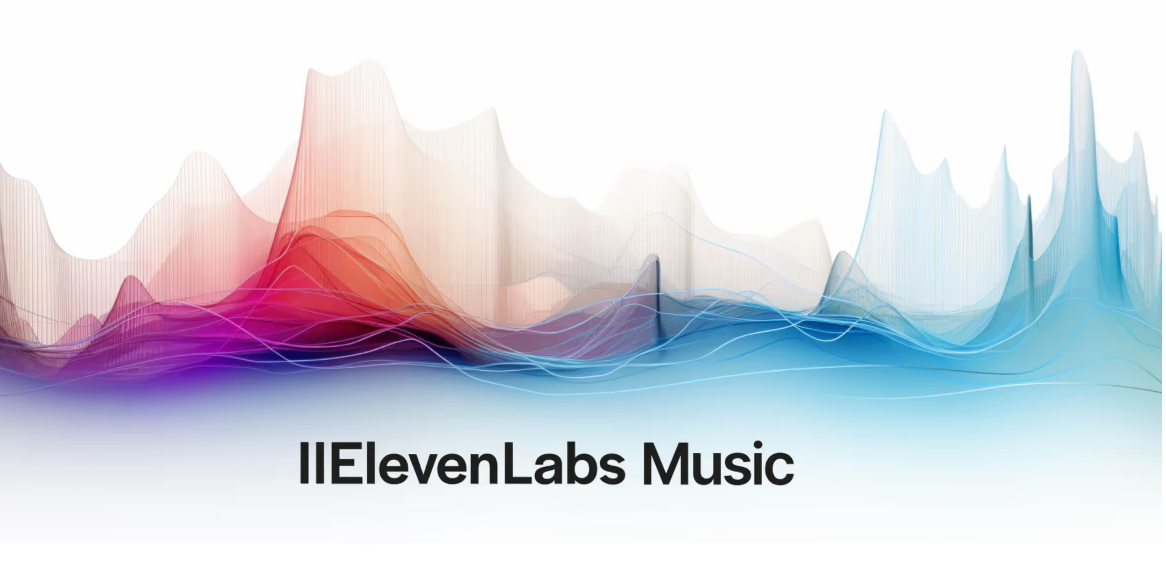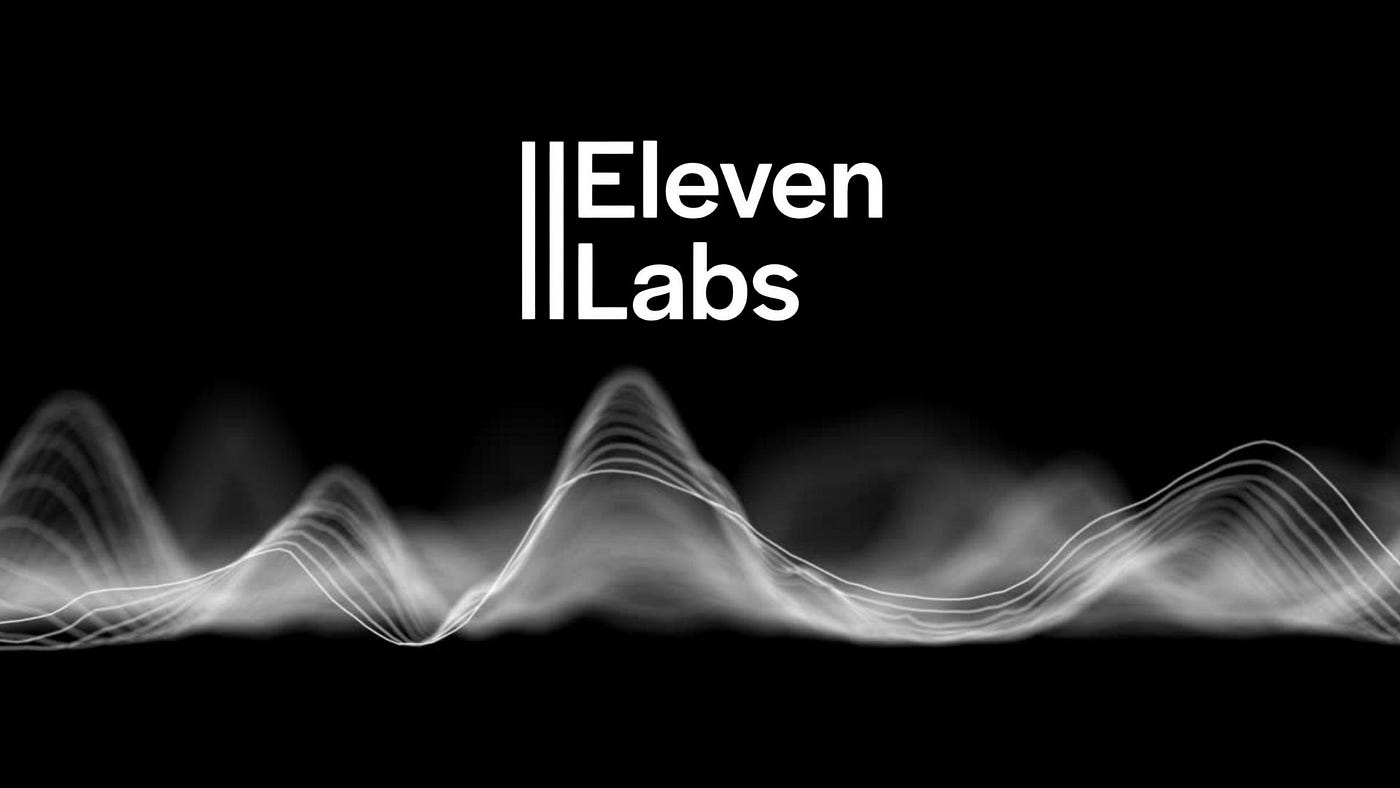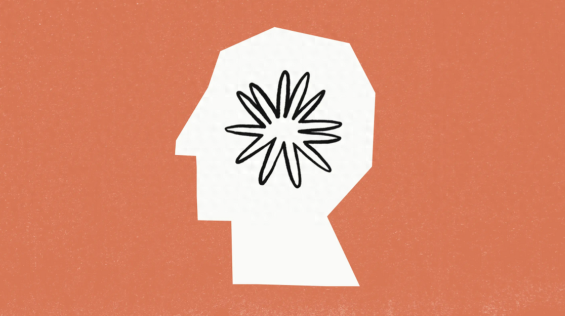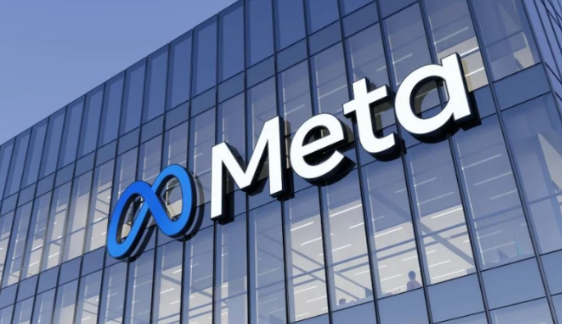From bedroom producers to Grammy-winning artists, musicians today are tapping into a new kind of creative partner: generative AI. But how can generative AI be used in music, and what exactly does it bring to the table?
This isn’t just about automating the creative process—it’s about expanding what's possible. Whether you're writing a song, designing a soundtrack, or exploring new genres, generative AI can assist, inspire, and accelerate your workflow.
In this guide, we’ll break down how generative AI is being used in music across real-world applications, introduce leading tools, and explore how human creativity and AI can work hand in hand.
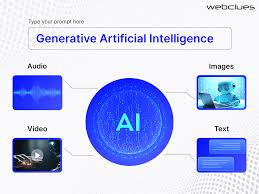
What Is Generative AI in Music?
Generative AI refers to machine learning models that can create new audio content—such as music tracks, vocals, melodies, or loops—by learning patterns from massive datasets of existing music.
Instead of editing or modifying existing audio, these tools can:
Compose new instrumentals
Write lyrics and generate vocal performances
Design soundscapes
Remix or reimagine existing music
This means you can go from prompt to playback—without playing an instrument or writing sheet music.
1. Music Composition and Songwriting
One of the most common uses of generative AI in music is composing melodies, harmonies, and chord progressions based on a theme or prompt.
Tools That Do This Well:
MusicGen (Meta): Generates instrumentals from text or melody
AIVA: AI composer for classical and film scores
Amper Music: Good for mood-based compositions for media
Real Example:
Type “lo-fi chill beat with soft piano and vinyl crackle” into MusicGen, and you’ll get a 30-second instrumental clip ready to loop.
2. AI Vocal Generation and Lyrics
Generative AI can now write lyrics and generate vocals with realistic inflection, tone, and singing ability. This makes it possible to create full vocal songs—without hiring a singer or writing every word.
Tools That Do This Well:
Udio: Create full songs (vocals + lyrics) from a text prompt
Suno: Generate genre-specific vocal tracks with custom lyrics
Voicemod AI Sing: Live vocal transformation with melody
Real Example:
Prompt: “Emotional ballad about losing a friend” → Udio creates a full track with lyrics, sung vocals, and arrangement.
3. Soundtrack and Background Music for Content
Generative AI is widely used by YouTubers, podcasters, advertisers, and indie filmmakers to generate royalty-free background music on demand.
Tools That Do This Well:
Soundraw: Tailor-made background music for videos
Boomy: Instant music generation and direct publishing
Amper Music (Shutterstock): Good for corporate and cinematic use
Why It Works:
No need for licensing negotiations
Instant delivery based on mood or tempo
Loops and durations can be customized
4. Live Music Performance and Improvisation
Some AI tools assist in real-time music performance, generating loops, beats, or layers based on what the musician is doing live.
Tools That Do This Well:
Endlesss: Real-time collaborative jamming with AI elements
Oeksound Bloom: Smart AI-assisted mixing during live shows
Real Example:
A band plays live while Endlesss loops AI-generated drum fills or ambient layers in sync with tempo.
5. Music Education and Learning
Generative AI can be used in classrooms and music education apps to:
Teach composition
Suggest chord progressions
Demonstrate stylistic differences between genres
Tools That Do This Well:
AIVA (with MIDI/notation export)
Humtap: Mobile app for musical sketching
Google’s Magenta Studio: Exploratory AI music experiments
6. Sound Design and Audio Effects
Some generative AI tools are designed for creating sound effects, ambient textures, and sonic branding.
Tools That Do This Well:
Riffusion: Creates short riffs and loops from text
Stable Audio (by Stability AI): Generates high-quality instrumentals or ambient designs
Ecrett Music: Royalty-free AI music for games and apps
Use Cases:
Game developers generating dynamic audio
UX designers adding unique audio signatures
Film sound engineers prototyping ambient layers
7. Remixing, Mashups, and Audio Reimagination
While generative AI excels at creating from scratch, it also enables transformative audio tasks:
Reharmonizing a melody
Changing genre/style of a song
Extending or blending sections
Tools That Do This Well:
Stable Audio 2.0: Generate longer audio clips with tempo/style control
LALAL.AI + Udio/MusicGen: Separate vocals/instrumentals, then generate new versions
Jukebox (OpenAI): AI model that reimagines musical styles (experimental)
8. Accessibility and Inclusion in Music Creation
Generative AI lowers the barrier for those who:
Don’t play instruments
Have limited access to recording studios
Are physically or cognitively challenged
A user can now type their ideas and hear them brought to life, expanding the reach of music-making.
Pros and Cons of Using Generative AI in Music
Pros
Speeds up production
Sparks creativity
Reduces cost barriers
Enables solo creators to go farther
Cons
Creative outputs can feel “generic” without human edits
Legal and copyright issues are still evolving
Ethical concerns around training data and artist rights
Conclusion: How Generative AI Is Shaping the Future of Music
So, how can generative AI be used in music? The short answer: almost everywhere.
From songwriting and vocal performance to sound design, education, and content scoring, generative AI is no longer just an experimental tech—it’s a reliable creative tool in the modern music workflow.
Used thoughtfully, it doesn’t replace musicians. It amplifies their imagination, gives them new ways to explore ideas, and brings more people into the world of music creation than ever before.
FAQs
Can generative AI replace human musicians?
No. It enhances creativity but lacks emotional intuition, stage presence, and deep narrative understanding.
Is AI-generated music legal to use?
Yes, in most cases—especially with platforms like Udio, Soundraw, and Boomy that offer royalty-free licensing. Always check the platform's terms.
Can I upload AI-generated music to Spotify or Apple Music?
Yes. Tools like Boomy and Soundraw allow direct distribution, but metadata should clarify the source.
Do I need a DAW to use generative music tools?
Not always. Many are browser-based, though DAWs help when combining AI output with custom production.
Learn more about AI MUSIC



